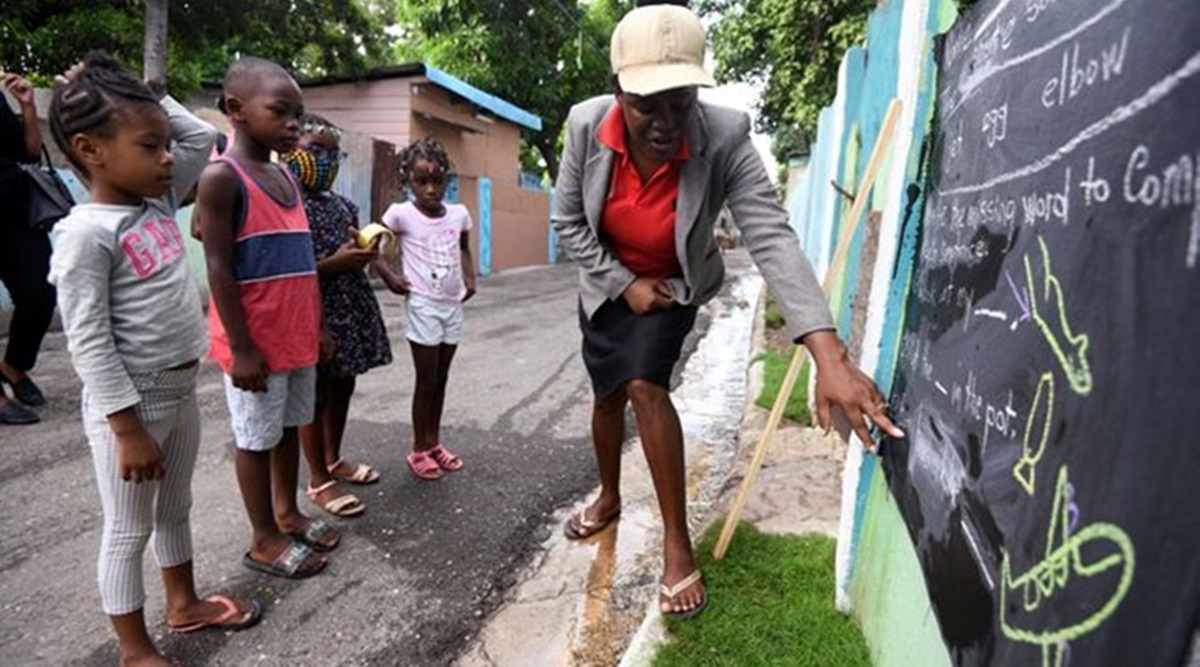
Emerging infectious diseases, such as Ebola, are less likely to burn out in rural villages and more likely to reach the crowded cities that are hubs for commerce, travel, and migration, but have limited health systems-ideal incubators for outbreaks. 9 The United Nations estimates that of the nearly 1.5 billion city dwellers added worldwide since 2000, 90 percent live in lower-income countries. 8 The world is 74 percent urban: 5.4 billion people live in urbanized areas. These outbreaks of emerging and treatment-resistant pathogens can easily cross national boundaries, given increases in global trade, faster travel, rapid urbanization, and rising global temperatures (resulting in warmer, more vector- and virus-friendly climates).

7 At the same time, overuse of existing drugs and underinvestment in new ones produce drug-resistant strains of fungi, protozoa, and bacteria, making routine medical care more dangerous. More than forty new infectious diseases in humans have emerged in these past few decades. 5 Global population growth and greater encroachment of settlements, agriculture, and mining activities into animal habitats in forested areas make the occurrence of zoonoses-viruses jumping from animals to humans-more frequent than in the past (see figure below). Outbreaks of well-known infections and encounters with new diseases occur regularly. The precise timing and location of the coronavirus outbreak that led to this pandemic were difficult to predict, but the emergence of a novel respiratory virus and the threat it would pose to urbanized nations with extensive travel links and underfunded public health systems were not. Pandemics afflict societies through the established relationships that people have created with the environment, other animal species, and each other.

Pandemics of emerging and reemerging infectious diseases are inevitable, predictable, and costly. In this first half of this report, the Task Force presents its major findings grouped into three sections: the inevitability of pandemics and the logic of preparedness the global response to COVID-19, including the performance of WHO, multilateral forums, and the main international legal agreement governing pandemic disease and the performance of the United States, also drawing lessons from other countries, including several whose outcomes contrast favorably with the U.S. To better prepare for the next crisis, and future waves of the current one, the United States will need to devote considerable political capital and economic resources to reducing the domestic and global vulnerabilities that jeopardize individual, national, and global health security.

This pandemic will not be the last one that the United States or the world faces. COVID-19 has underscored several truths about pandemics and revealed important shortcomings in current global and national capacities to prepare for, detect, and respond to them. and global vulnerabilities that were repeatedly identified in high-level reports, commissions, and intelligence assessments on pandemic threats for nearly two decades prior to this pandemic.


 0 kommentar(er)
0 kommentar(er)
